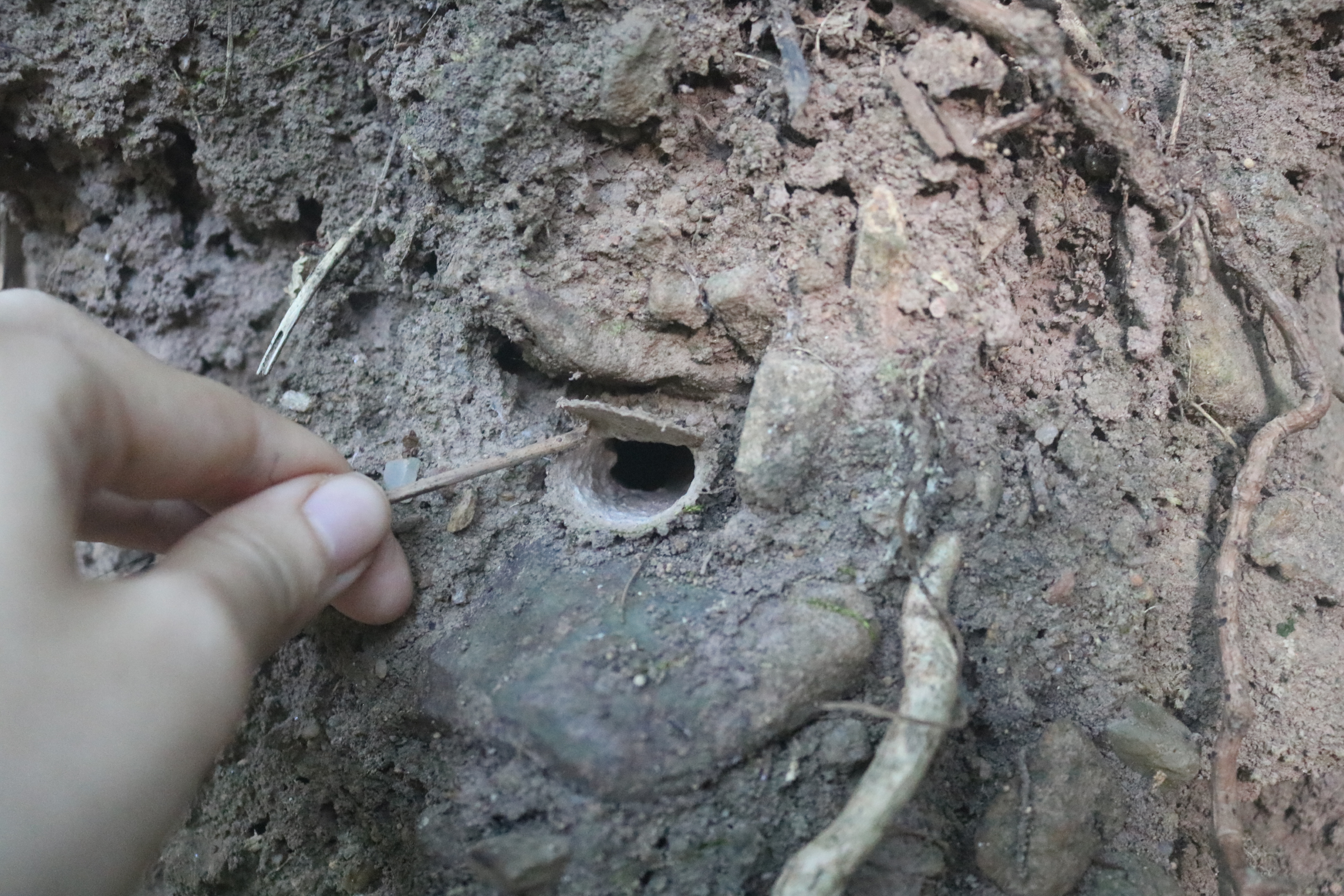In the animal world the search for food can be one of life’s biggest struggles. Whether chasing down prey, carefully setting traps, or lying in wait, the creatures of Earth have come up with a multitude of ways to get their dinner. Now, research has looked closely at bearded capuchins and found they’ve taken to using tools to get access to some tasty underground snacks.
Bearded capuchins (Sapajus libidinosus) in Ubajara National Park, Brazil were observed using both their hands and stone-digging techniques for getting access to two types of food: trapdoor spiders and underground storage organs (USOs).
Previous research has seen stone-digging used in a capuchin population that lives in a dry savannah habitat, whereas this population lives in a far wetter area. Male capuchins were also seen to use sticks and stones to capture spiders. These monkeys are already known to use hammerstones to crack palm nuts.
The team followed a group of 31 monkeys for 21 months. They recorded 214 digging moments, including digging with and without the tools. The monkeys regularly extracted USOs, which are tuberous roots that are then peeled and eaten. These were excavated 49 percent of the time while spider burrows made up 19 percent of the excavations.
In about half of the instances where the monkeys were seen to dig, they did so with stone tools. The “stone-digging” technique involved the monkeys pounding in the stone against the soil to loosen it, either helping them extract the USOs or shortening the spider burrows. The stone digging tools were used more frequently when digging on the hills compared to on riverbanks. The stone tools were also much more likely to be used by male monkeys.
Stick tools were observed in only male adult and subadult male capuchins. They were used more on the riverbanks than on the hills and were seen being used 40 times. On almost half of these occasions the monkeys were seen using more than one stick.
In total, four techniques were used to capture and consume trapdoor spiders. These included both hands only and stone-digging, as well as stick-probing. The final technique is a combination known as “stone-stick” whereby the monkeys used both stones and sticks to extract the spider, and the last tool used was always the stick.

A trapdoor spider burrow. Monkeys used tools to forage for the spider and the egg mass inside.
Image courtesy of Tatiane Valença
The team found that the use of the tools did not increase the overall success of getting either a USO or a trapdoor spider. They suggest that the use of different tools could be related to the soil conditions, or could make the time looking for underground food shorter.
The study is published in Scientific Reports.
Source Link: Using Stones And Sticks Helps Capuchin Monkeys Find Underground Food